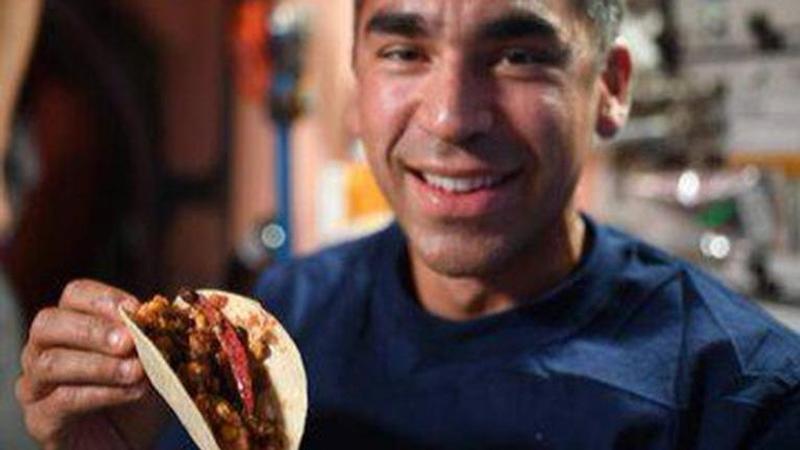Published 16:34 IST, December 2nd 2021
ISS Astronauts enjoy 'space tacos' as longest and 'spiciest' crop experiment concludes
NASA astronauts aboard the International Space Station successfully concluded the longest plant experiment in the history of the orbiting laboratory.

NASA astronauts aboard the International Space Station (ISS) successfully concluded the longest plant experiment in the history of the orbiting laboratory. Conducted in the space station’s Advanced Plant Habitat (APH), the experiment lasted 137 days where astronauts Mark Vande Hei harvested and sampled 26 chile peppers grown from four plants. Interestingly, Vande Hei also broke the record of feeding the most number of astronauts from a single crop in space. Talking about the record-breaking feat, Matt Romeyn, principal investigator for PH-04 said as per NASA:
PH-04 pushed the state-of-the-art in space crop production significantly. With this experiment, we took a field cultivar of a Hatch chile pepper from New Mexico, dwarfed it to fit inside the plant habitat, and figured out how to productively grow the first generally recognized fruiting crop in space – all in a span of a couple years.
NASA concludes the longest crop experiment
The PH-04 experiment commenced in June 2021, when 48 sanitized pepper seeds were launched to the space station and inserted into the Advanced Plant Habitat. During the said time, hands-on work was performed by the astronauts where they kept only four germinated plants in a space not bigger than a microwave. “The team at Kennedy monitored from the ground and controlled conditions inside the APH. Within several weeks, the plants flowered. The team ran the habitat’s fans at different speeds to disperse pollen, and astronauts performed some pollination by hand”, said NASA.
The ISS crew ate the first batch of harvested chilli peppers in late October when they prepared the first 'space taco'. In the recent harvest, Vande Hei saved 12 peppers for sending them to Earth while the crew ate the rest of the samples. Adding to his statement, Romeyn said, "The level of excitement around the first harvest and the space tacos was unprecedented for us. All indications are some of the fruit was on the spicier side, which is not unexpected, given the unknown effect microgravity could have on the capsaicin levels of peppers".
Growing dwarf tomatoes next on the list
NASA says, that it has planned the harvest of dwarf tomatoes and new types of leafy greens for its next experiment in microgravity. Moreover, the groundwork for growing microgreens, legumes, and herbs are also being laid along with experiments involving cotton and veggies.
Image: Twitter/@NASAKennedy
Updated 16:34 IST, December 2nd 2021




